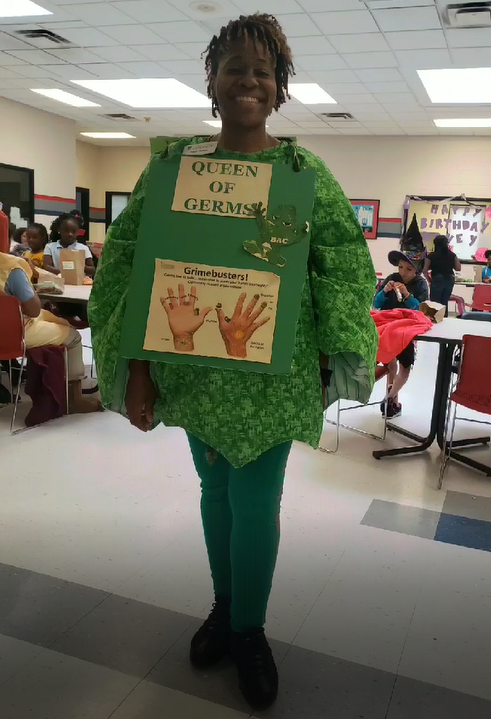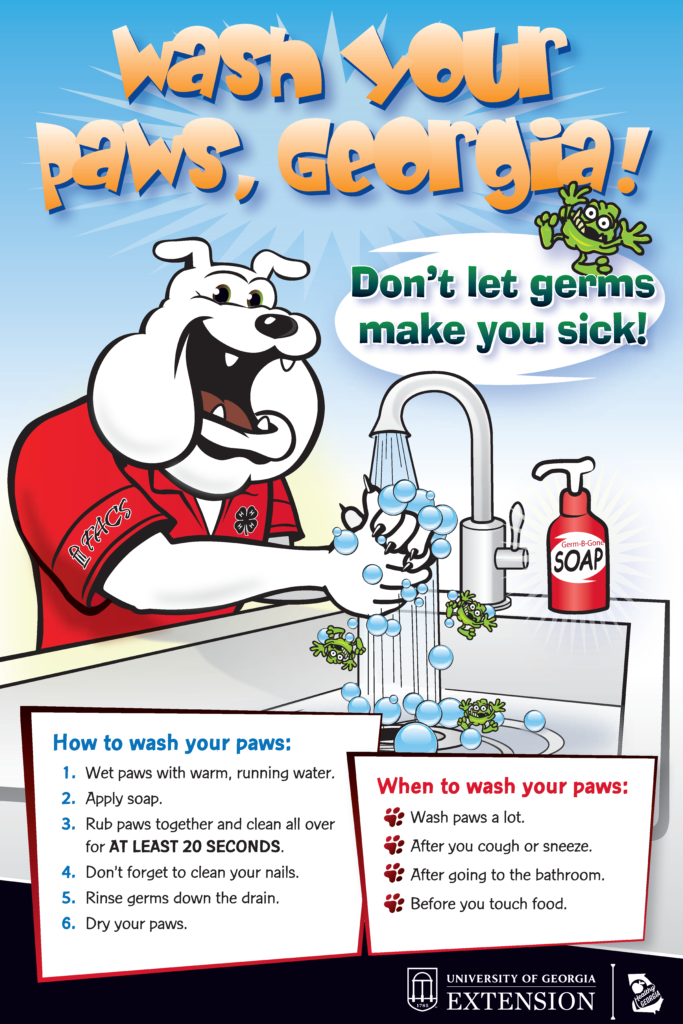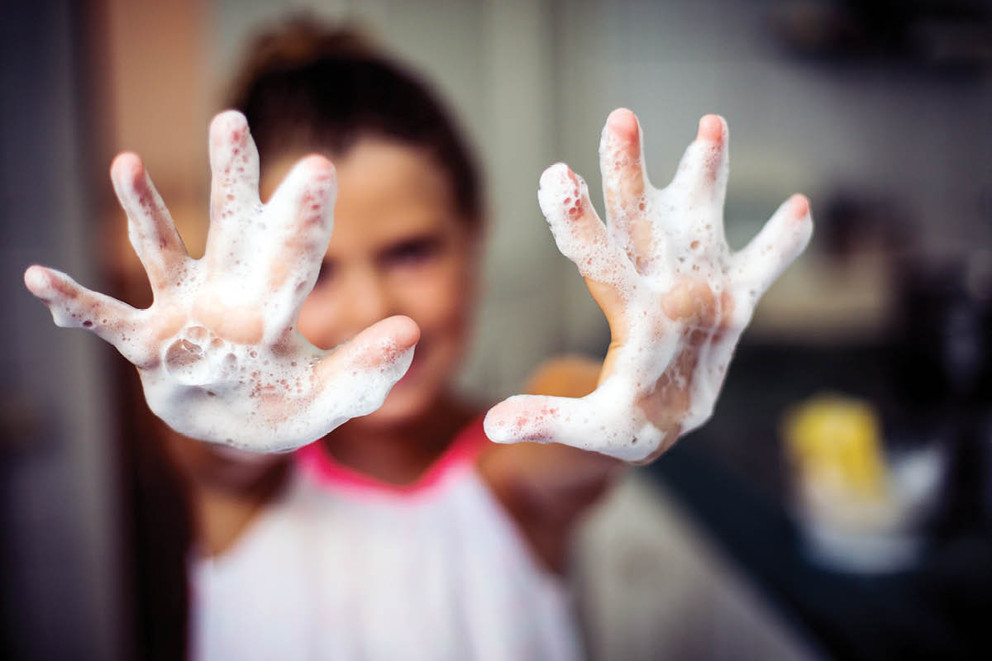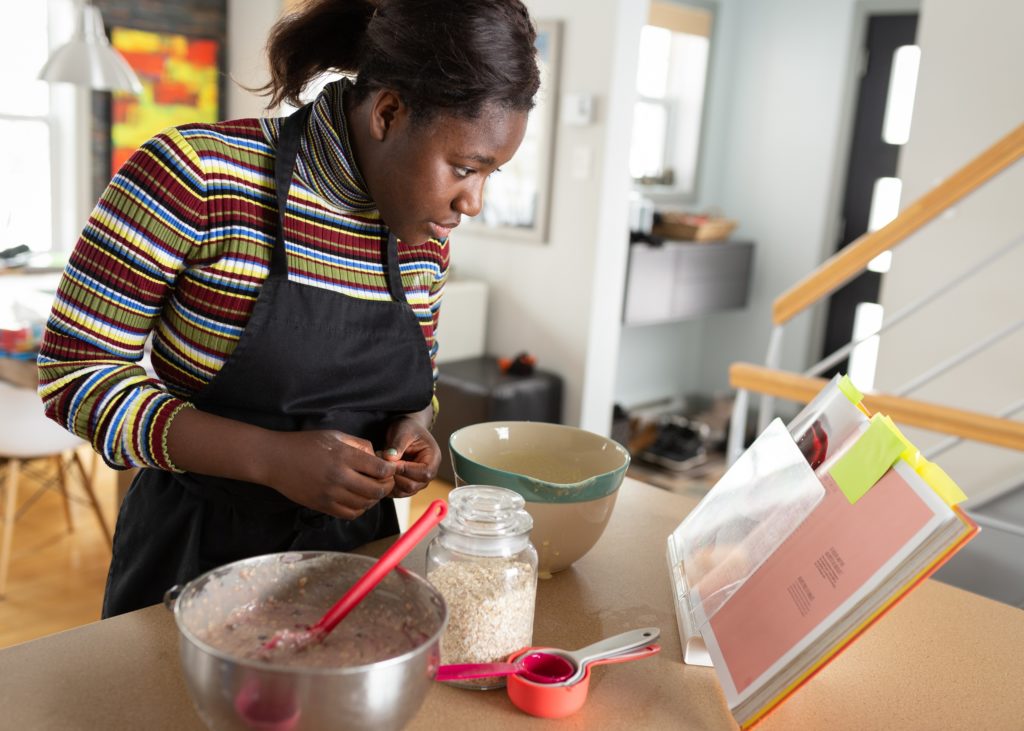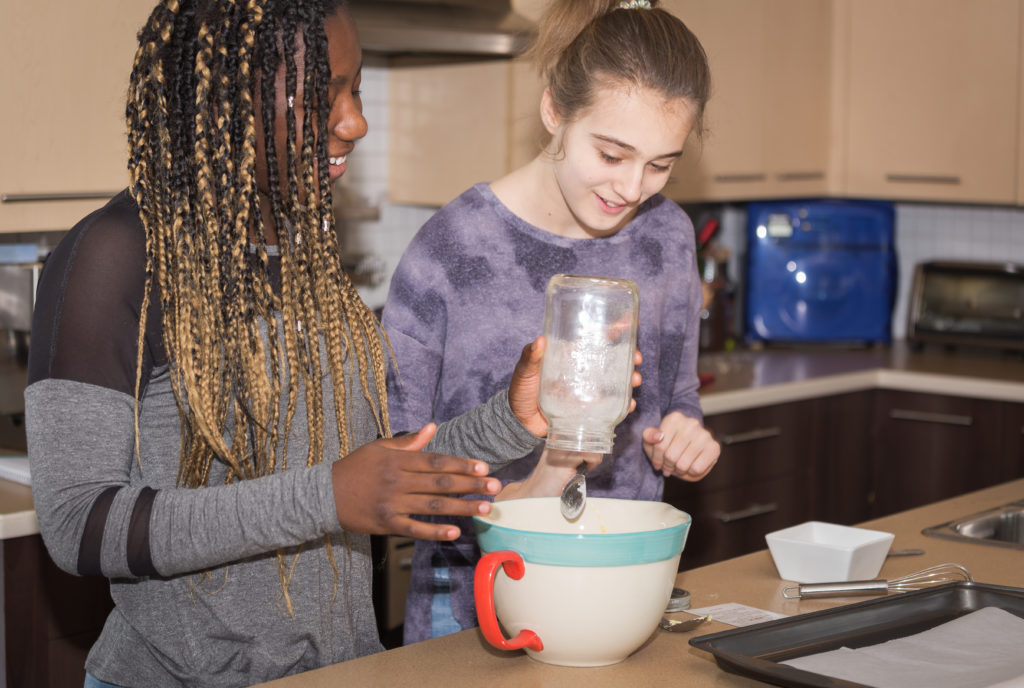By Stephanie Darilus, Development Manager, PFSE
Food safety education for young people is important for developing a good foundation in safe food handling behaviors. Young children are the key population for behavioral change as they gain autonomy.
It is important to address gaps in young people’s food safety knowledge and consistently motivate them to follow proper hand hygiene and safe food handling behaviors. As the future caregivers for others, and future food handlers, it is imperative to find creative and fun ways to educate our future food handlers.
Tracey Saxton is a family and consumer sciences educator at the University of Georgia Cooperative Extension. Known as the “Queen of Germs,” Tracey is at the forefront of supporting families in keeping their food safe at home. She graciously took the time to share with PFSE staff about her royal title, current food safety trends, and the future of food safety education.
Giving germs the royal treatment
Tracey wanted to create a Halloween costume that would be kid-friendly, fun, and educational. The “Queen of Germs” costume is visually appealing for the students and keeps them engaged during the lesson. It also allows her to educate kids about the importance of proper handwashing in the classroom as well as reach families at wellness/health fairs and community events.
The Queen uses the Glo Germ™ kit to demonstrate the “clean” step of the core four food safety practices. This special kit allows students to see firsthand if they have removed all of the “germs” (represented by the Glo Germ™ product) when washing their hands.
She said, “I believe these outreach efforts allow me to change the lives of individuals and families by sharing preventive health messaging on safe food handling practices known to reduce the risk of food poisoning.”
Tracey has seen an improvement in food safety behaviors. She uses Fight BAC! resources from the Partnership and Wash Your Paws, Georgia materials created by UGA Extension. Students become more aware and cautious of sharing germs, sharing items, or exchanging items after attending her sessions.
Tracey feels the best part of the “Queen of Germs” is being active in the community and educating families with science-based safe food handling information — all while having fun!
Role as an FCS educator
As a family and consumer sciences educator, Tracey participates in a variety of outreach activities using proven, research-based data to answer questions. She evaluates a work plan based on locally identified needs in the community to improve the quality of living for families and individuals.
Tracey also teaches individual programs focused on making healthy choices and nurturing families, including food and nutrition, family resource management and more. Finally, she collaborates with other organizations to provide programs to families in the local communities.
Speaking on the importance of this outreach, Tracey says, “These programs focus on the individual who makes a decision and the impact those decisions have on the family unit.”
Challenges and future of food safety education
Although the work is fulfilling, Tracey experiences some challenges teaching food safety to certain age groups. She says that she has to be more tenacious with high school-aged youth as they are an integral part of the workforce, especially in jobs involving food handling.
Tracey would like to see virtual simulations of food safety scenarios, such as witnessing what happens when raw meat isn’t cooked to a safe internal cooking temperature or when fresh produce isn’t stored properly. She recommends a cloud-based, interactive, hands-on remote stimulation for learning and practicing various food safety practices. Tracey also would love to see an e-learning course that uses different, simulated scenarios in a controlled environment to prepare learners for real-life cooking scenarios that require food safety practices.
Food safety trends
Tracey has observed many food safety trends that should be further explored. For example, curb dining at restaurants elevates uncertainty in the sector. Plus, delivering home meals leads to the possibility of delays in transportation, which raise issues about storage and distribution quality controls. She also thinks traditional restaurants, pop-ups, and ghost kitchens with quick services will be popular this year.
“I have learned that quick service leads to concerns about the safety of food and the risk of foodborne illness,” Tracey says. “Are foodservice establishments remembering to prepare and serve quality, safe food?”
Biggest takeaways from Tracey
- Know your audience and explain germs in easy-to-understand terms Make it fun and relatable!
- Incorporate lessons in daily life
- Talk about ways to avoid harmful germs.
- Emphasize the importance of proper handwashing.
- Address the need for alcohol-based hand sanitizer that contains at least 60% alcohol is soap and water are not available
Tracey’s go-to resources
- Smart Kids Fight BAC!
- University of Georgia Extension
- Foodsafety.gov
- Center for Disease Control and Prevention
- U.S. Department of Agriculture
- U.S. Food and Drug Administration
Thank you, Tracey, for being a food safety hero dedicated to providing fun food safety education activities for families and young people!
Tracey Saxton is a family and consumer sciences educator at the University of Georgia Cooperative Extension. She can be reached at Tracey.Saxton@uga.edu.

